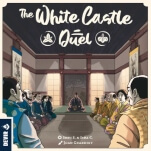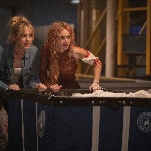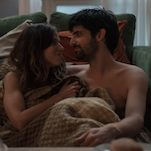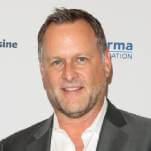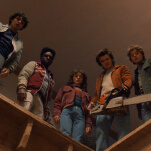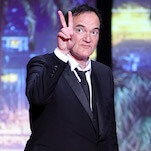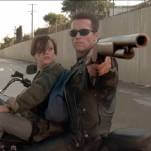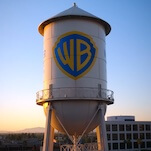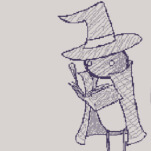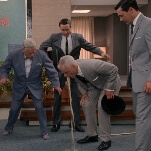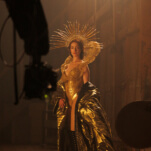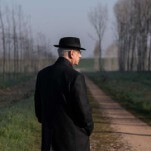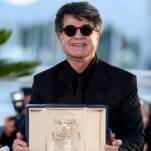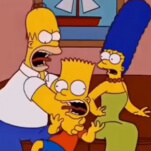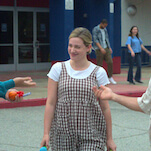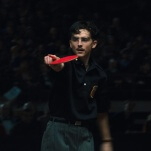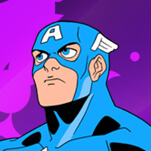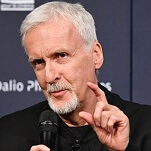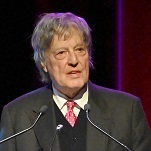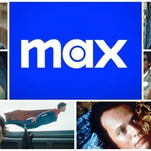Sydney Pollack found a New Hollywood comfort zone for Robert Redford
Over three decades, an actor's director guided his favorite leading man through an unpredictable filmmaking wilderness.
Photo: Warner Bros.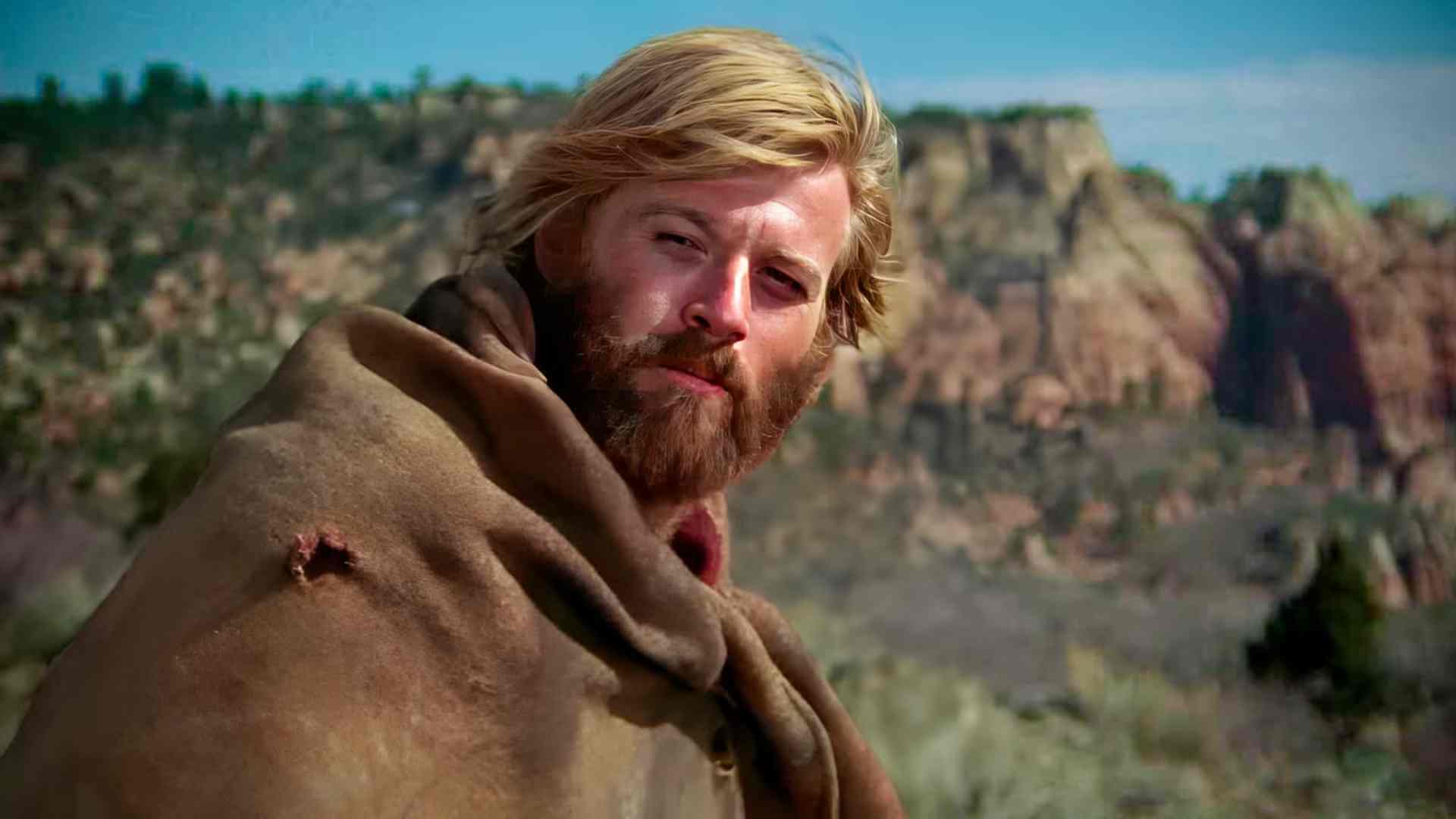
With Together Again, Jesse Hassenger looks at actors and directors who have worked together on at least three films, analyzing the nature of their collaborations.
First, it was a meme signifying a vaguely masculine form of respectful agreement. (Are you picturing it yet?) Then it was a meme within a meme, the day on social media that someone expressed surprise over the identity of the bearded man nodding as a camera slowly zoomed in on him. (It is not, in fact, Zach Galifianakis.) Then, finally, it was an Academy-ready final goodbye to and from one of the most beloved actors of the past half-century of cinema. (We’ll see this spring whether social media has rendered it impossible to use that footage in an actual In Memoriam reel.) But before all of that internet gunk, it was simply a shot of Robert Redford in the wilderness, nodding in approval from about halfway through Jeremiah Johnson, his second movie with Syndey Pollack, his most frequent director.
Redford’s Hollywood rise coincided with one of the most exciting shifts in 20th-century American filmmaking, as the New Hollywood movement pushed aside the lingering big-studio bloat of the 1960s. Redford reflected this in his later life’s work as the founder of the Sundance Institute and its accompanying independent film festival—named for his character in 1969’s Butch Cassidy And The Sundance Kid, a major work of emerging New Hollywood artistry and a lighter buddy-comedy flipside to Midnight Cowboy, which came out the same year. During the actual 1970s and beyond, though, Redford did not celebrate this artistic revolution by working with Martin Scorsese, Brian De Palma, Steven Spielberg, George Lucas, Robert Altman, Peter Bogdanovich, Hal Ashby, or Francis Ford Coppola (unless you count a couple of Coppola screenplay credits). He did make two more movies with George Roy Hill, director of Butch Cassidy, as well as one with the satirically minded Michael Ritchie. But for most of the ’70s, while the likes of De Niro and Pacino were baring their souls and reinventing movie stardom, Redford was doing Sydney Pollack movies. In the ’80s and ’90s, when his on-camera appearances became scarcer in the wake of his directorial and Sundance obligations, while an even newer wave of exciting American filmmakers ascended, Pollack movies remained a priority.
This isn’t meant as a knock on Sydney Pollack, mind you. The man made Tootsie; is there a better validation of the journeyman filmmaker than making Tootsie? And, for that matter, Pollack was partially responsible for several of Redford’s best, or at least most memorable film roles. Among those, Jeremiah Johnson—their first really well-known collaboration—may be the most authentically New Hollywood of the bunch. Some might understandably point to Three Days Of The Condor, the 1975 film that did much of the heavy lifting in terms of associating Redford with paranoia thrillers of the period, even though Condor and the reality-based All The President’s Men are his only real entries in that subgenre. (He made more movies updating that model for later eras—Sneakers, Spy Game, The Company You Keep—than he did at the time.) Moreover, Three Days Of The Condor is great entertainment that would play similarly well in any number of decades.
Jeremiah Johnson, though, is a stranger movie by most measures. The basic story could have been a classic Western, following the title character in a journey through the 19th-century wilderness, his eventual formation of an unexpected makeshift family, and a mission for revenge when that family is harmed. But it’s simultaneously not as bold an anti-Western as the previous year’s McCabe And Mrs. Miller and not as straightforward as a genre piece that might have come out two decades earlier. Much of the film features Redford quietly, slowly fumbling his way through a barely explained quest for wilderness isolation. It features several old-timey theme-song-like ballads. Despite being under two hours, it features both an overture and an intermission. This was the fifth-biggest U.S. release of 1972. When I watched it as a teenager, I thought it was boring as shit.
I was wrong, of course. The many ways that Jeremiah Johnson departs from the charm of Butch Cassidy are features, not bugs. Pollack isn’t deconstructing Western myths so much as observing, with a clear eye, a man living out a lonelier version of them. The film is therefore attentive to Johnson’s hardships without turning them into a visceral endurance test. At the same time, in its semi-austere way, it’s also one of Pollack’s more stylish movies, from stately wide shots capturing figures in vast expanses of mountain snow to some surprisingly slam-bang moments of action to that famous slow zoom. But that stuff was, at least per Pollack himself, secondary to his facility with actors, owing to starting his career as one himself; he actually met Redford when both men appeared in the film War Hunt in 1962.




